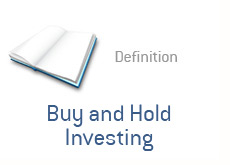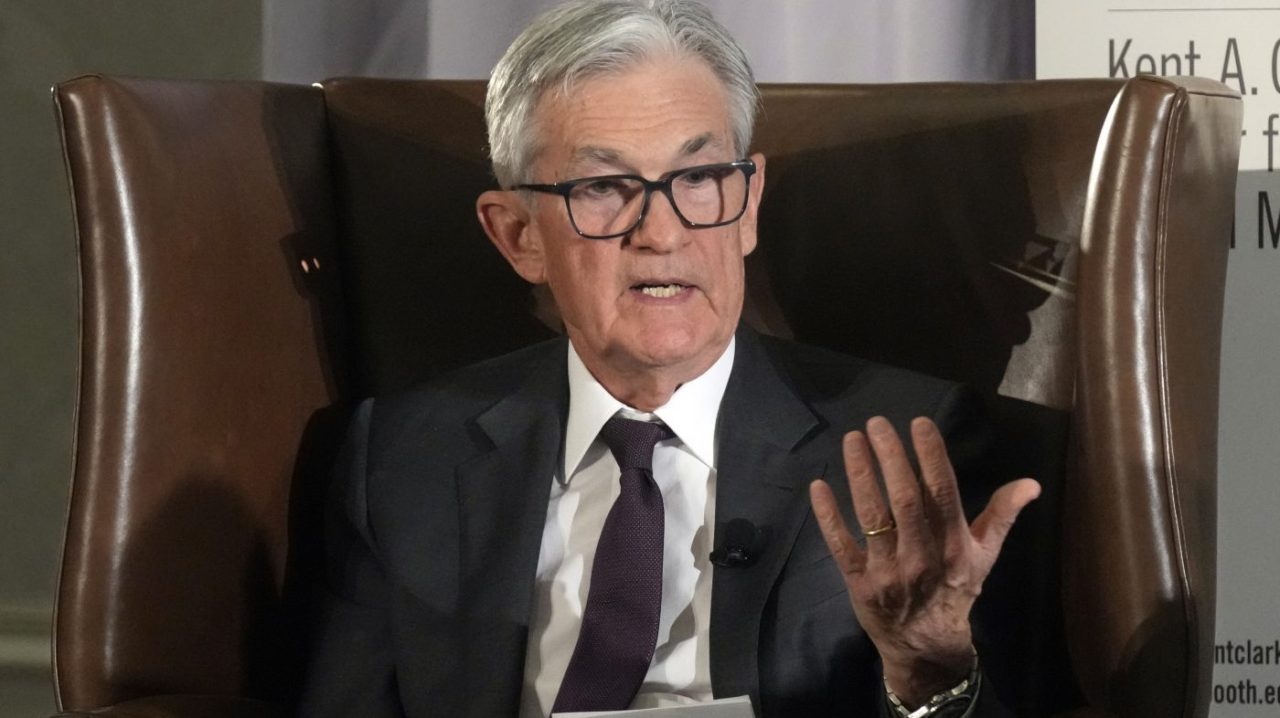Buy-and-Hold Investing: The Long Game's Gut-Wrenching Truth

Table of Contents
The Allure of Buy-and-Hold: Long-Term Growth and Simplicity
Buy-and-hold investing centers around a simple yet powerful concept: acquiring assets like stocks, bonds, or real estate and holding them for an extended period, weathering short-term market fluctuations. This strategy offers several compelling advantages:
Understanding the Core Principles:
Buy-and-hold leverages several key principles:
- Minimize transaction costs: Frequent buying and selling incur fees, eating into profits. Buy-and-hold minimizes these costs.
- Benefit from compounding returns: Consistent reinvestment of earnings allows your investments to grow exponentially over time, a cornerstone of long-term wealth building.
- Ride out market corrections: Short-term market dips are inevitable. Buy-and-hold allows you to weather these storms, benefiting from eventual market recovery.
Historically, buy-and-hold has proven remarkably successful. Consider the long-term performance of index funds tracking the S&P 500; despite market corrections, consistent long-term growth has been observed.
Diversification: Spreading the Risk:
Effective buy-and-hold isn't about picking individual winners; it's about diversification. This mitigates risk by spreading your investments across various asset classes and sectors:
- Asset allocation strategies: Determining the optimal mix of stocks, bonds, and other assets based on your risk tolerance and time horizon.
- Diversification across sectors and asset classes: Investing in different industries (technology, healthcare, energy, etc.) and asset types (real estate, commodities) reduces the impact of any single sector's underperformance.
Index funds and Exchange-Traded Funds (ETFs) are powerful tools for diversification, providing instant access to a broad range of assets.
The Gut-Wrenching Reality: Emotional Challenges of Buy-and-Hold
While the long-term potential of buy-and-hold is undeniable, the journey isn't always smooth. The emotional rollercoaster can be intense:
Market Volatility and Fear:
Market downturns are inevitable. This is where the “gut-wrenching” aspect comes in. The psychological impact can be substantial:
- Fear of missing out (FOMO): Seeing short-term gains elsewhere can tempt investors to abandon their buy-and-hold strategy.
- Panic selling: During market crashes, fear can lead to impulsive decisions, selling low and locking in losses.
- Emotional decision-making: Rather than making rational, data-driven choices, fear and anxiety can cloud judgment.
The 2008 financial crisis and the dot-com bubble serve as stark reminders of how market volatility can shake even the most seasoned investors.
Opportunity Cost and the Temptation to Time the Market:
Buy-and-hold isn't without potential downsides:
- The difficulty of market timing: Accurately predicting market highs and lows is nearly impossible; attempts often lead to missed opportunities and losses.
- The dangers of trying to beat the market consistently: Active trading requires significant skill and time, and most individuals fail to outperform the market consistently.
The allure of potentially higher returns through active trading can be tempting, but the discipline to stick with buy-and-hold is crucial.
Staying the Course: Maintaining Discipline and Patience:
Overcoming the emotional challenges of buy-and-hold requires:
- Developing a robust investment plan: Defining your goals, risk tolerance, and investment strategy in advance helps maintain focus during turbulent times.
- Setting realistic expectations: Understanding that market fluctuations are normal and accepting short-term losses as part of the long-term strategy.
- Seeking professional advice: A financial advisor can provide guidance, support, and accountability, helping you navigate emotional challenges and stay disciplined.
Regular portfolio reviews and adjustments, based on your long-term goals and market conditions, are vital.
Conclusion
Buy-and-hold investing offers a viable pathway to long-term wealth creation, leveraging the power of compounding returns and minimizing transaction costs. However, it's crucial to acknowledge the significant emotional challenges – market volatility, the temptation to time the market, and the need for unwavering discipline. Successful buy-and-hold requires patience, a realistic understanding of market fluctuations, and a well-defined, diversified investment strategy. Before embarking on a buy-and-hold journey, conduct thorough research and consider consulting a financial advisor to determine if this strategy aligns with your risk tolerance and long-term financial goals. Remember, a successful buy-and-hold strategy is built on careful planning and emotional resilience.

Featured Posts
-
 Bangladesh In Europe Renewed Focus On Collaboration And Growth
May 25, 2025
Bangladesh In Europe Renewed Focus On Collaboration And Growth
May 25, 2025 -
 Glyantseviy Vipusk Z Naomi Kempbell Vidverti Foto Ta Interv Yu
May 25, 2025
Glyantseviy Vipusk Z Naomi Kempbell Vidverti Foto Ta Interv Yu
May 25, 2025 -
 The Woody Allen Dylan Farrow Case Examining Sean Penns Doubts
May 25, 2025
The Woody Allen Dylan Farrow Case Examining Sean Penns Doubts
May 25, 2025 -
 How Nicki Chapman Made 700 000 From A Country Property Investment
May 25, 2025
How Nicki Chapman Made 700 000 From A Country Property Investment
May 25, 2025 -
 Arda Gueler Ve Real Madrid E Uefa Dan Bueyuek Darbe Sorusturma Basladi
May 25, 2025
Arda Gueler Ve Real Madrid E Uefa Dan Bueyuek Darbe Sorusturma Basladi
May 25, 2025
Latest Posts
-
 Hells Angels New Business Model Insights From Mandarin Killings
May 25, 2025
Hells Angels New Business Model Insights From Mandarin Killings
May 25, 2025 -
 Powell Warns Tariffs Could Jeopardize Federal Reserve Objectives
May 25, 2025
Powell Warns Tariffs Could Jeopardize Federal Reserve Objectives
May 25, 2025 -
 Jerome Powell On Tariffs A Threat To Fed Goals
May 25, 2025
Jerome Powell On Tariffs A Threat To Fed Goals
May 25, 2025 -
 Swiateks Fightback 0 6 Deficit Overcome To Secure Madrid Semifinal Spot
May 25, 2025
Swiateks Fightback 0 6 Deficit Overcome To Secure Madrid Semifinal Spot
May 25, 2025 -
 Iga Swiatek Overcomes Keys Reaches Madrid Semifinal Against Gauff
May 25, 2025
Iga Swiatek Overcomes Keys Reaches Madrid Semifinal Against Gauff
May 25, 2025
